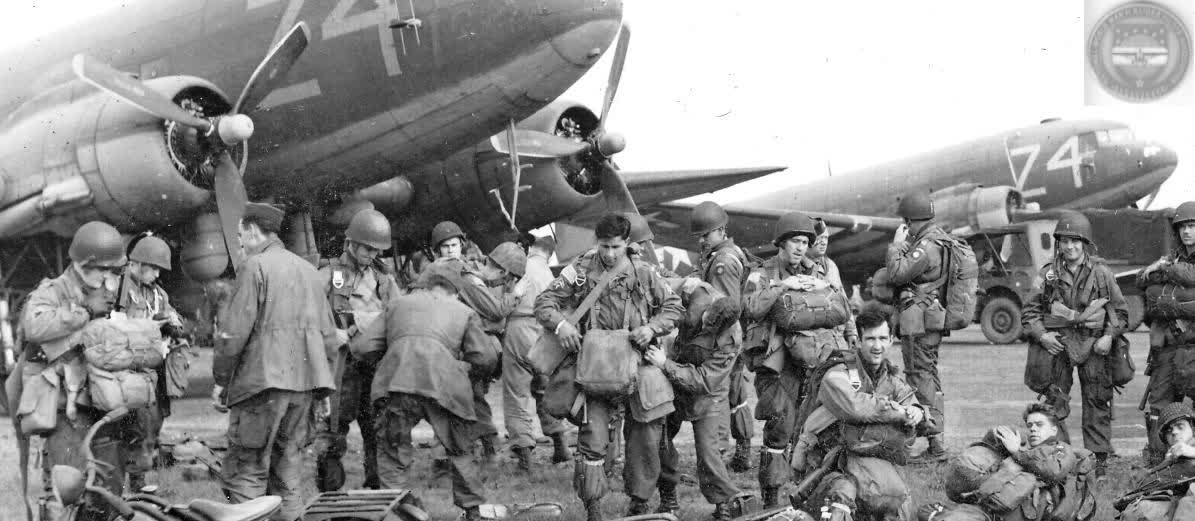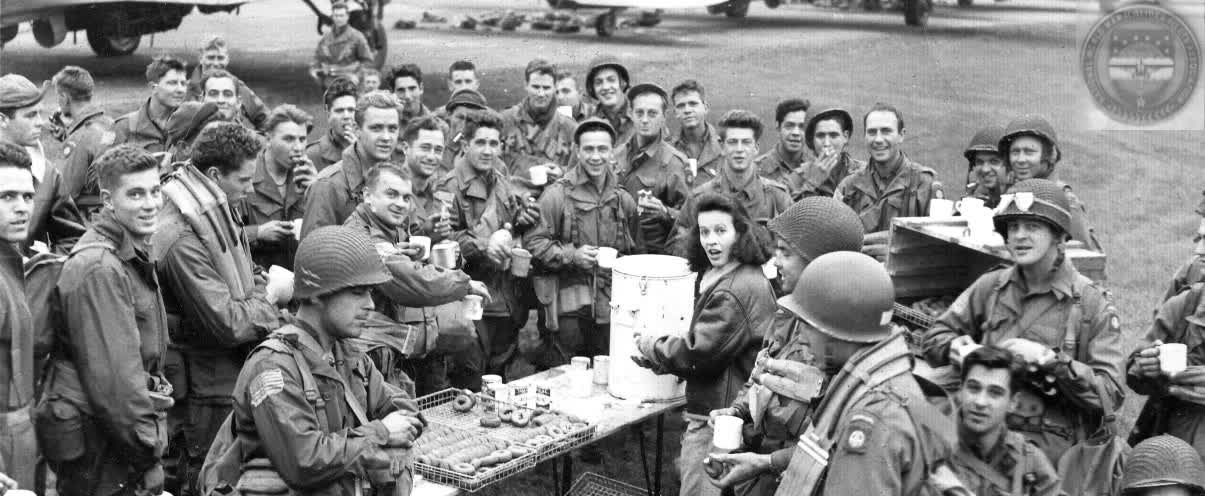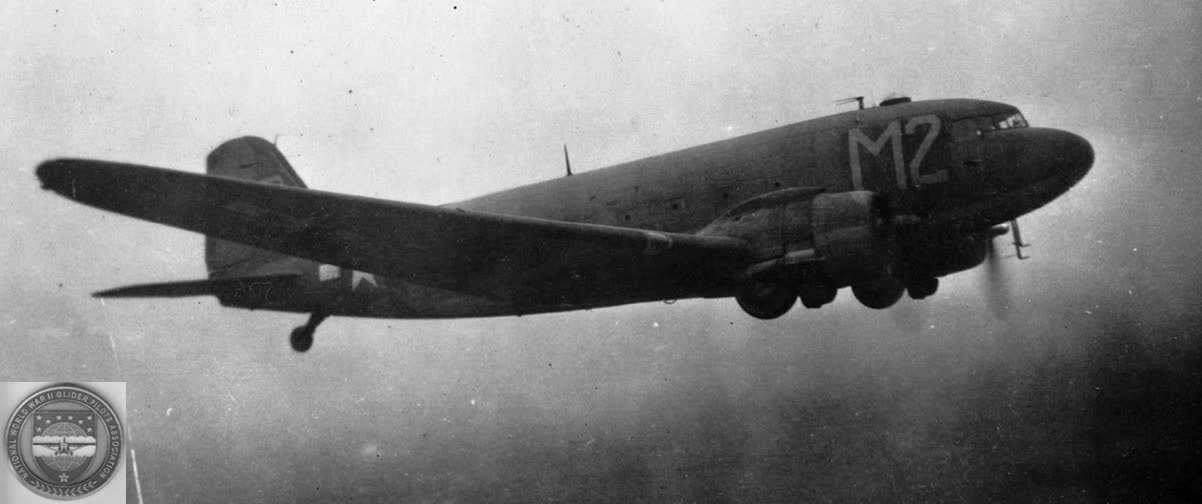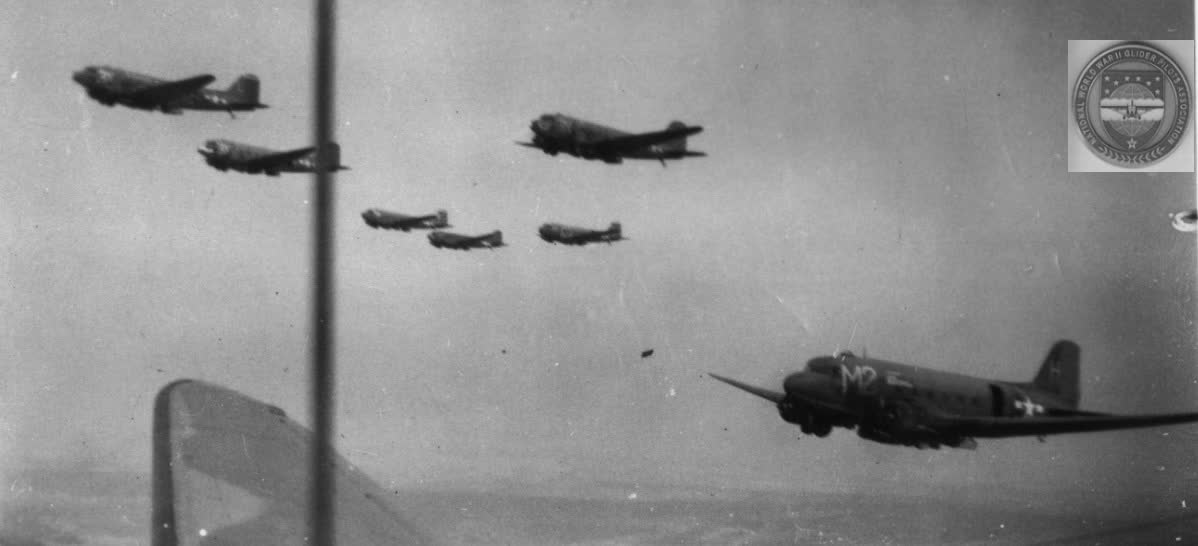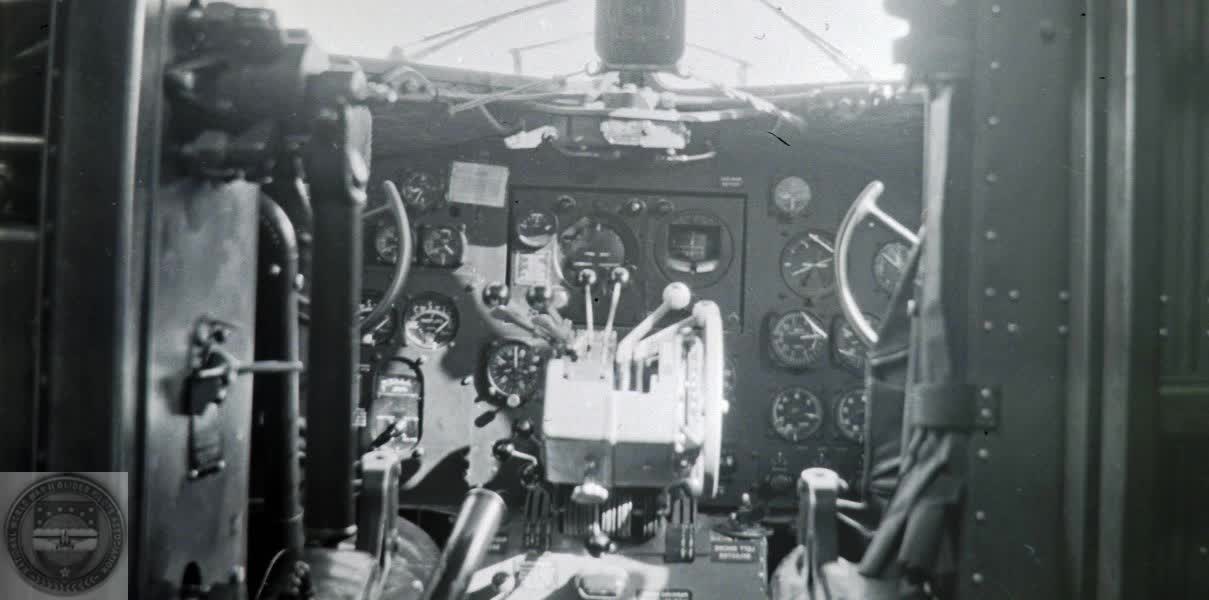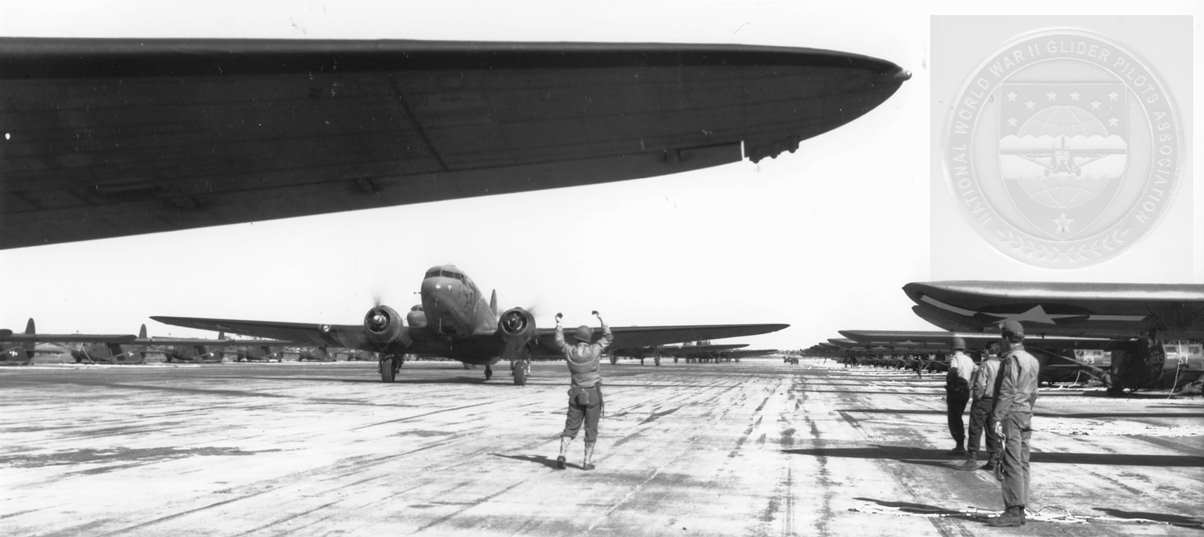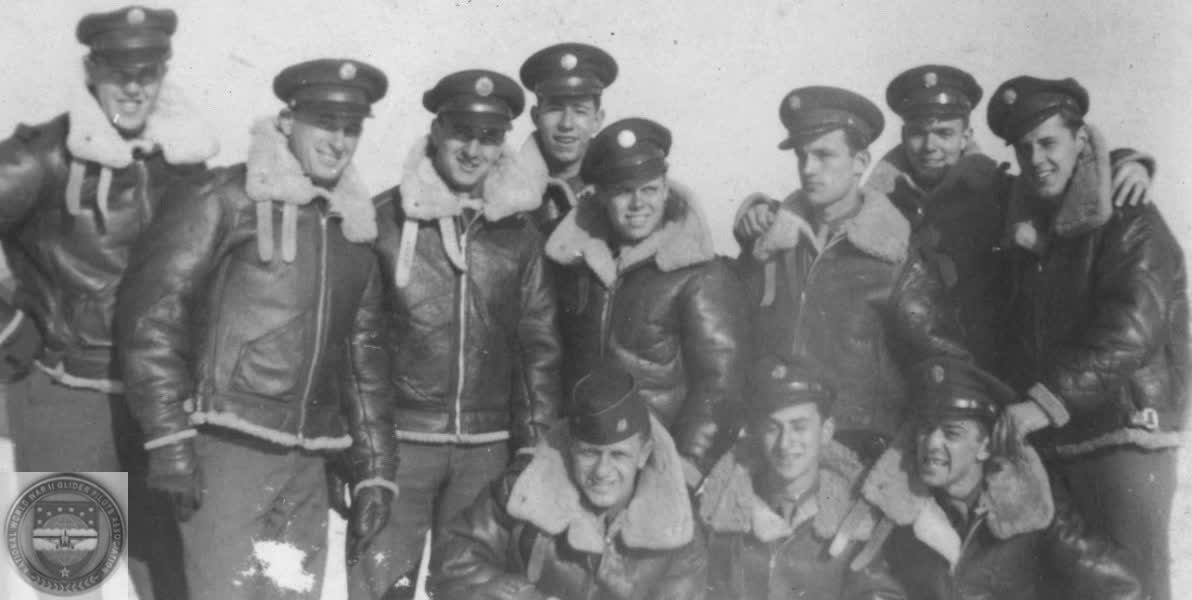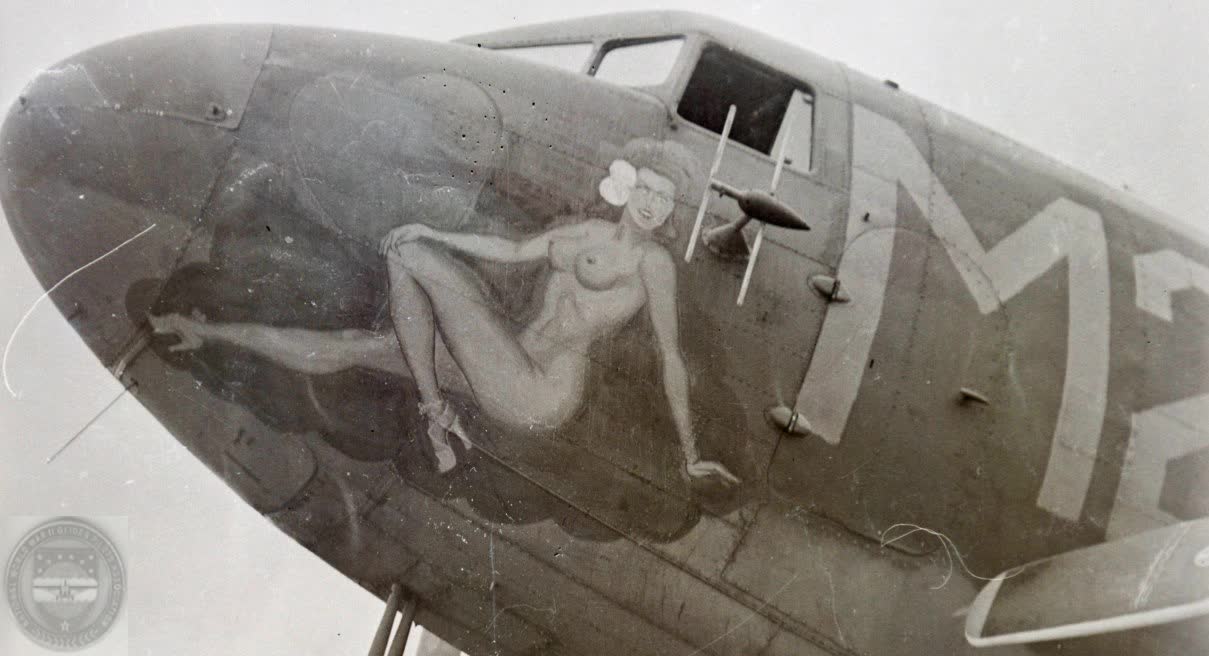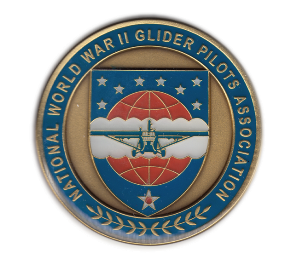National WWII Glider Pilots AssociationLegacy Organization of veterans National WWII Glider Pilots Association. Discover our History, Preserve our Legacy | ||
Data provided by Tip Randolph, WWII glider pilotSometime in 1944, Major General Paul L. Williams, Commander of the IX Troop Carrier Command in England, realized that there were not enough glider pilots to meet the requirements of Operation Varsity, the planned Allied Rhine River crossing into Germany, set for 24 March 1945. The shortage resulted from two factors; the decree from Lieutenant General Lewis H. Brereton, Commander of the 1st Allied Airborne Army, that there would be two glider pilots at the controls of each glider, and orders from General Dwight D. Eisenhower, Supreme Allied Commander, that 926 glider pilots were to be held in reserve for Operation Choker, tentatively scheduled for 29 March 1945. Operation Choker was a contingency airborne operation in support of the 7th US Army’s planned crossing the Rhine River at Worms, some 160 miles south of Wesel, Germany where Operation Varsity would take place. The Ninth Troop Carrier Command had been faced for some time with a shortage of glider pilots. However, with recently graduated glider pilots from the states arriving weekly the situation was not as critical as it had been during Operation Market-Garden, the invasion of Holland. For that mission the right seat of the 1,899 American gliders was usually occupied by a glider trooper who had received a few minutes instruction in how to fly and land the CG-4A. However, the shortage of glider pilots for Operation Varsity was serious enough to use cross-trained power pilots as copilots in many gliders. Gerard M. Devlin, the author of Silent Wings, asserts on Page 309, that just about half of the 906 copilots were cross-trained power pilots. This is not true. According to the National World War II Glider Pilots Association, only 134 cross-trained power pilots were used. In reality, Devlin should have stated that 50% of the power pilots assigned to the IX Troop Carrier Command between November 1944 and January 1945 were converted to glider pilots for the Varsity Mission. On 8 October 1944, in a move to alleviate the glider pilot shortage, General Henry H. “Hap” Arnold, Chief of the Army Air Corps, directed that a group of recently graduated power pilots be given an abbreviated course in flying gliders. Two days later, 70 power pilots were on their way to the advanced glider school at South Plains Army Air Field at Lubbock, Texas, for Training in the Waco CG-4A cargo/troop glider. Project “Red” was the code name assigned to this glider training project that lasted two weeks. The power pilots complained loudly, but their protests fell on deaf ears. Upon completion of the flying course they were presented with glider pilot wings which they wore below their pilot wings. They were subsequently placed on orders assigning them to IX Troop Carrier Command units in Europe. Some evidence exists that as many as 700 power pilots received training as glider pilots. Extant military special orders name 488 power pilots who cross-trained as glider pilots. A case in point; Special Orders No. 30, issued by Headquarters Army Air Force Central Flying Training Command, Randolph Field, Texas, dated 20 October 1944, lists 297 power pilots that were dual rated as glider pilots on that date at the Army Air Force Glider School at South Plains Army Air Field, Lubbock, Texas. They ranged in grade from Flight Officer to First Lieutenant. Six days later, on 26 October, 65 of these newly rated glider pilots were transferred to Laurinburg-Maxton Army Air Base, Maxton, North Carolina, under Project FJ 555-AO, and assigned to the Glider Crew Training Center for tactical glider training and the use of infantry weapons. About the first of March 1945, Major General William N. “Bud” Miley, commanding general of the 17th Airborne Division, summoned all group glider operation officers of the 53rd Troop Carrier Wing to his headquarters. He outlined his plans for a new airborne operation to cross the Rhine River near Wesel, Germany, and stated that the 194th Glider Infantry Regiment needed an additional infantry company to complete their battle plan. Captain Charles O. Gordon, Glider Operations Officer of the 435th Troop Carrier Group volunteered his group for this role. Sixty-three of the glider pilots in his group were dual rated power pilots. Records indicate that many of power pilots cross-trained as glider pilots were insufficiently trained in infantry weaponry and tactics, but surprisingly many of those that fought in the battle at Burp Gun Corner performed ad-mirably. After Captain Gordon formed his 285 glider pilots into four platoons they were given infantry training by of the 194th Glider Infantry Regiment. He retained three of his senior officers as his staff. The 435th Glider Pilot Combat Team moved to their assigned sector and dug in after landing on LZ “S” on D-Day, 24 March 1945. They successfully defended their sector, which acquired the name, Burp Gun Corner. The all-officer company stood firm against strong German opposition. For their valor in battle, each man was belatedly awarded either a Silver Star or a Bronze Star. The use of glider pilots in a fighting role of this type was uncommon. Normally, a glider pilot’s duty after landing was to help unload the glider, protect undamaged gliders from vandalism if possible, and perform guard duty as requested by the airborne staff. Like the Americans, the British were likewise short of glider pilots for the 440 Horsas (392) and Hamilcars (48) used in the Varsity mission. Many had been killed or injured in the Holland mission the previous September. In fact, proportionally, far more glider pilots were killed than other members of the Fist Airborne Division. Therefore, the British, by necessity, were forced to use power pilots as copilots in their gliders. 1,500 RAF power pilots were assigned to the Glider Pilot Regiment until 8 December 1945. They were given a fourteen day course on small arms at Fargo Camp and a week of assault courses and field training at Bridgnorth, followed by transition training courses on the Hotspur, Horsa and Hamilcar. The Varsity crews were made up of one Army glider pilot and one ex-RAF pilot as much as possible. Data Sources:
|
Single Tow
Double Tow
Marshalling
Tow Rope Angle Indicator
Glider Snatches
Double Snatch
Night Snatch

National Archives/NWWIIGPA collection
305th Troop Carrier Squadron/442nd TC Group
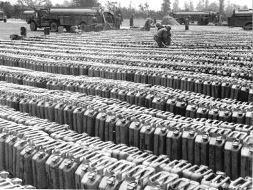 National Archives/NWWIIGPA collection
National Archives/NWWIIGPA collection9TH Air Force soldiers are transferring gasoline from delivery trucks into gas cans at an advanced air base somewhere in France. Many of these cans will be flown to airstrips closer to the front lines for fighter bombers. This photo was taken sometime after June 6th and before Oct. 27th 1944.
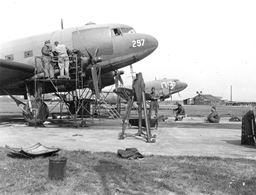 National Archives/NWWIIGPA collection
National Archives/NWWIIGPA collectionDouglas C-47's being repaired at a U.S. airdrome on the continent. EUROPE. [A plane belonging to or having belonged to the 61st sqd. of the 314th TCG can be seen in the background with its squadron code, Q9.]
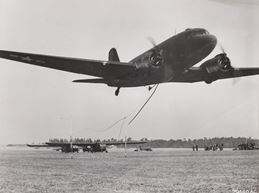
National Archives/NWWIIGPA collection
Another method of glider pickup is accomplished by a Douglas C-47 tow plane in flight.

